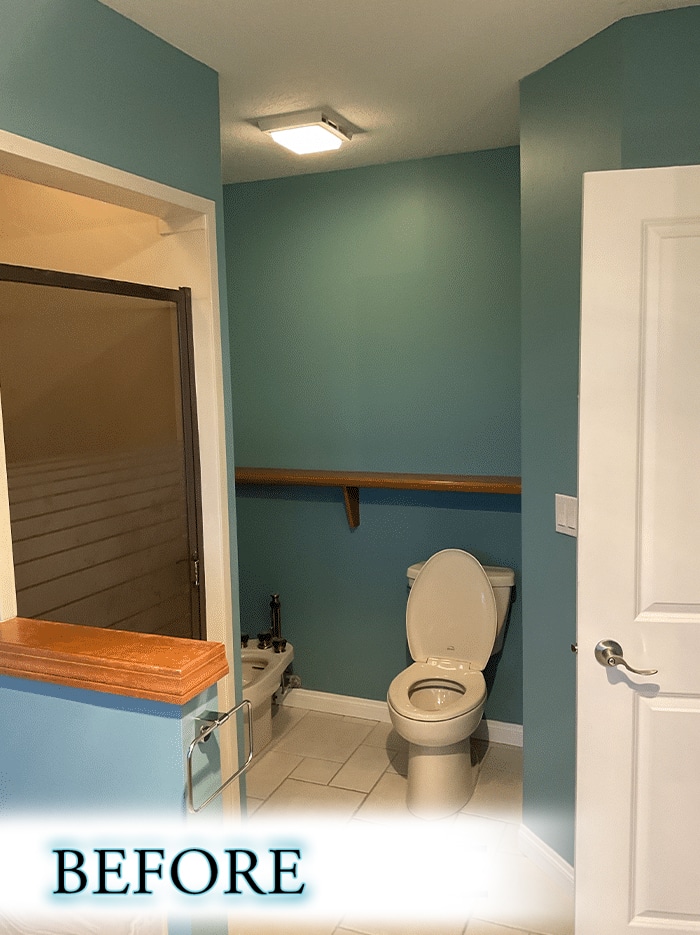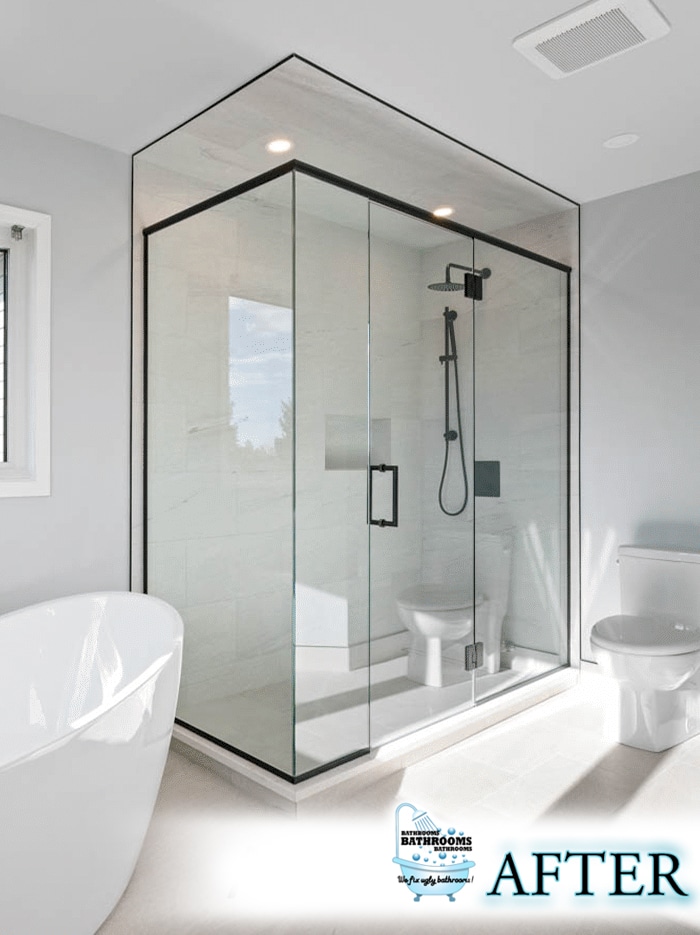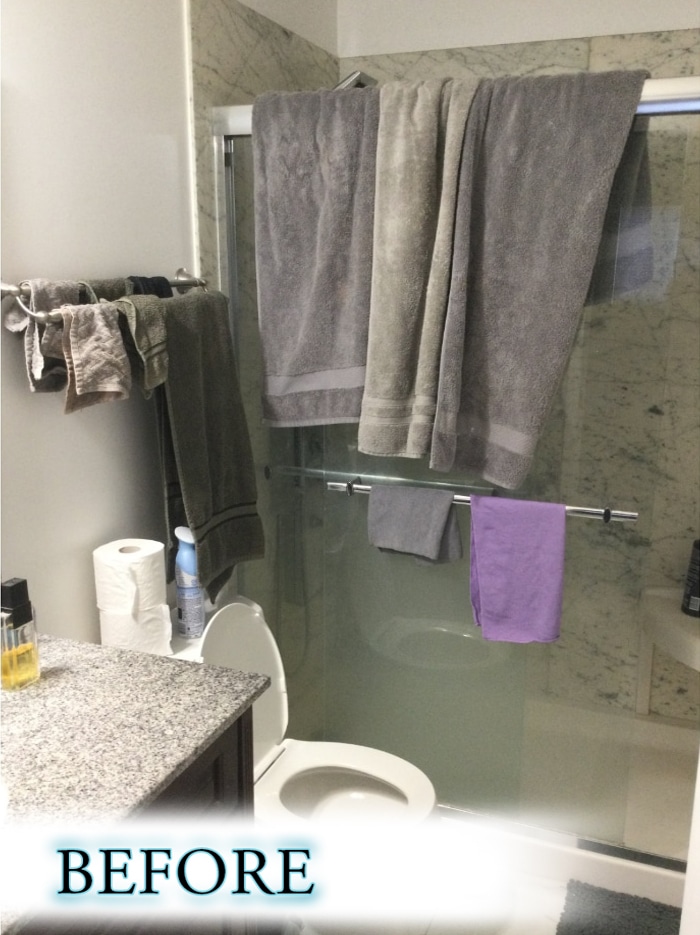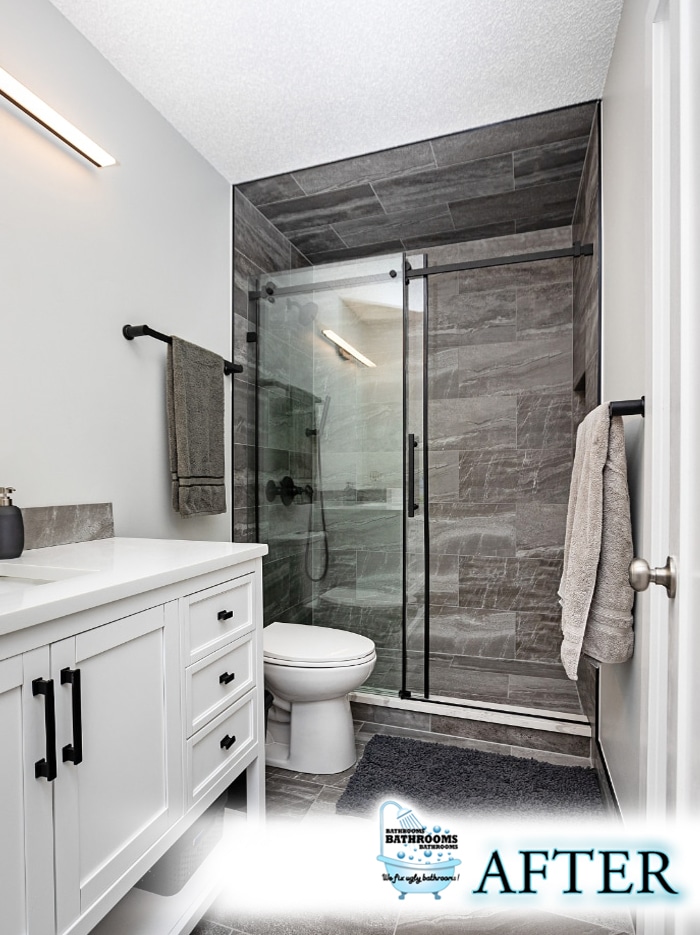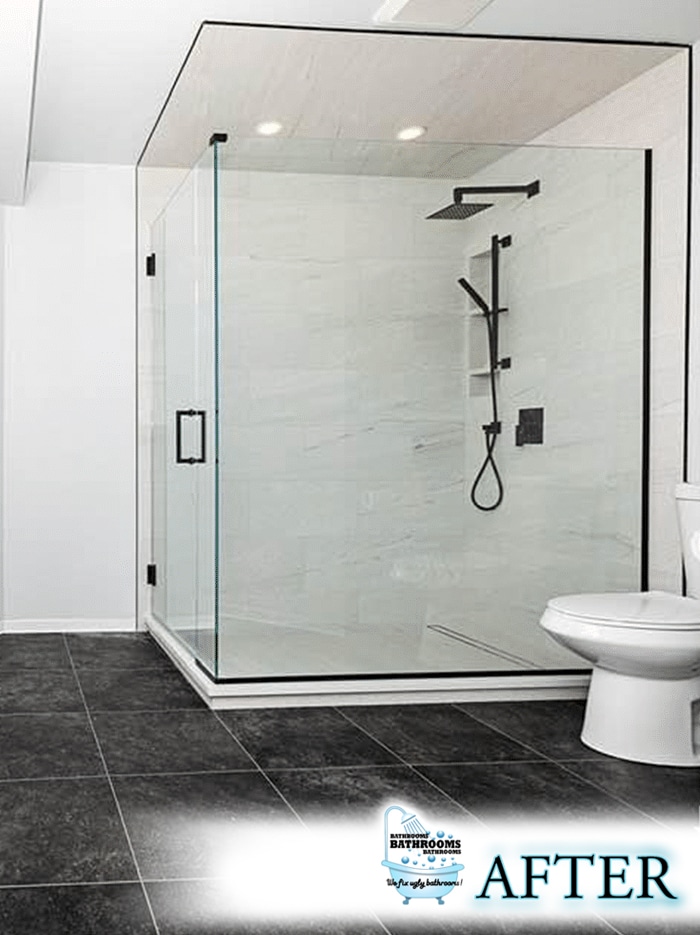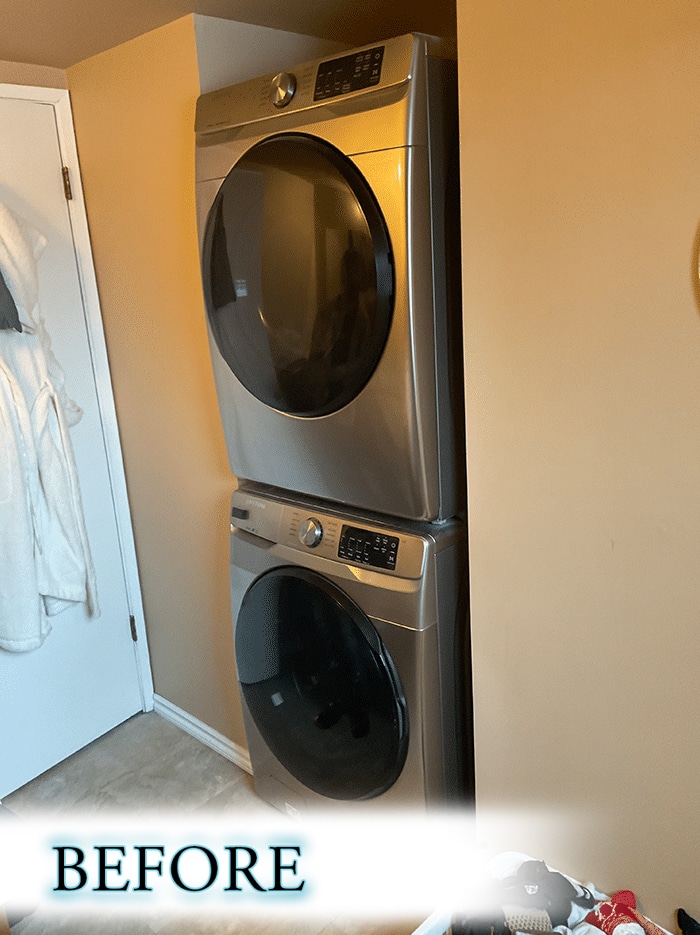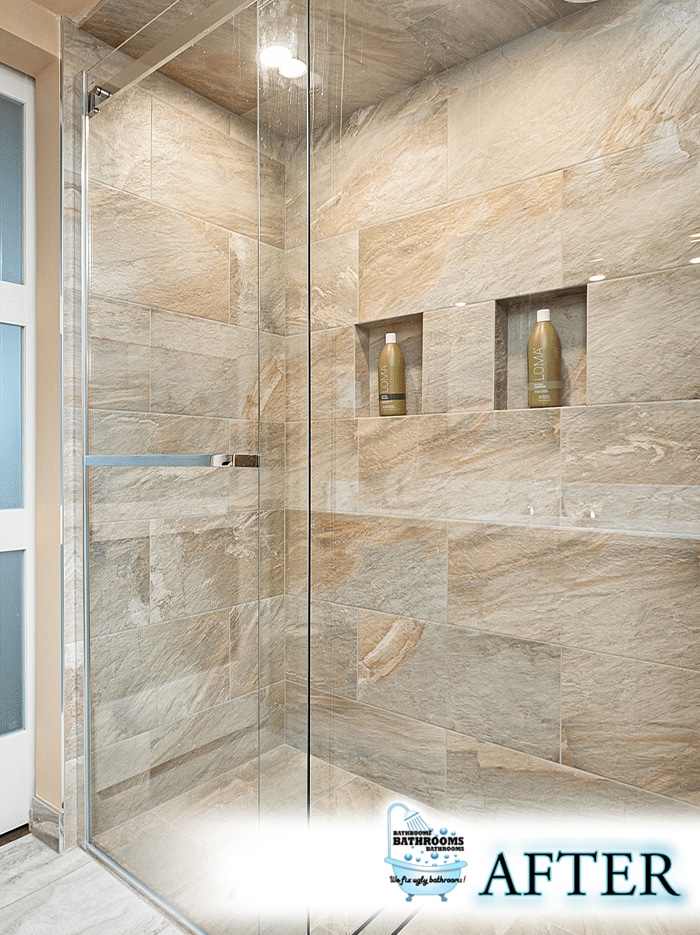
Travelling the AUTOSTRADE is certainly not for the faint of heart. I never realised how valuable the rail system is to the functioning of an economy. Italy has a wonderful passenger rail system. For goods, they seem to rely almost entirely on tractor trailers. It was common to see 20 to 30 trucks in a row bumper to bumper at 110 km or faster. I will talk more about my travels in a future blog.
CERSAIE- The Bologna Tile Show
The tile show in Bologna, Italy was amazing. For 5 days it was home to over 3 million square feet of tile and accessories. The quality and the variety were incredible. Manufacturers from Italy, Spain, Portugal, Poland and Ukraine displayed their latest offerings. Each with dozens of styles, finishes, sizes and colours. In 5 days, I saw a fraction of what was available.
Italy was the right country, and Bologna was the perfect place for the tile exhibition. Italy has a well-earned reputation for crafting the finest porcelain in the world. Bologna is a city steeped in history, and one that proves the durability of porcelain tile.
The city of Bologna has over 60 Kilometres of porticoes, dating from as far back as 1041. All of them surfaced in either Terrazzo or porcelain tile. It still looked incredible after hundreds of years. What makes these porticoes so durable is that they are built on a cement base. This is why at Bathrooms Bathrooms Bathrooms we still use a dry-pack base in all of our showers. It has stood the test of time.
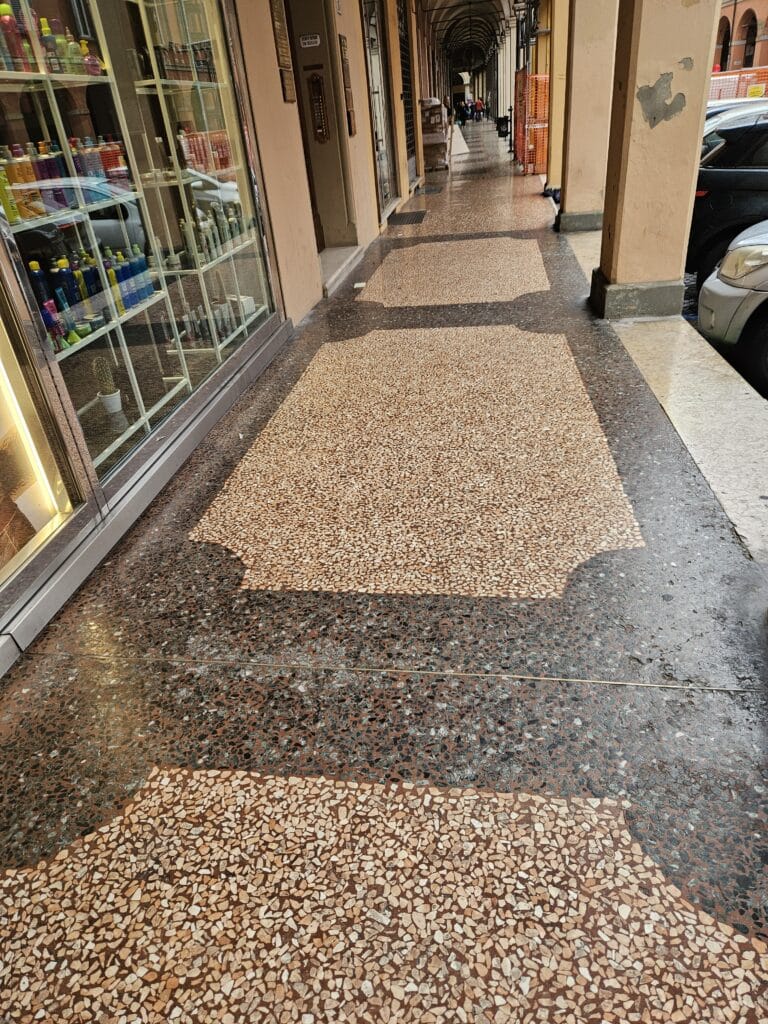
I was like a kid in a candy store. My goals were simple. I wanted to see the best materials, and the newest technology, to find the finest tile for our customers at Bathrooms Bathrooms Bathrooms and to see how tile is actually made. I had no idea of the incredible variation and finishes available. This was week one of a two-week education.
The Sugaroni Factory
One display that caught my eye was the SUGARONI factory. In the midst of the ultra modern manufacturing companies, this family-owned business is still making beautiful tile by hand. They have been in operation since 1685. Just imagine 10 generations of a family passionate about tile. This was a factory I had to see.
While the centre for tile manufacturing in Italy is Modena, the SUGARONI factory sits where it has for generations in the hills of Umbria, just a few miles from Tuscany.
Tuscany
Driving through the hills of Tuscany was a slow, breathtaking experience. Around one corner was an olive grove, while the next held a vineyard. All the fields precisely marked, while the stone sentinels stood guard. Just as they have for hundreds of years. Nothing seems to be rushed. Things are done as they have been for generations. I followed a tractor for a few miles as he headed to his fields. I couldn’t help but feel that I was in a National Geographic moment.

Handmade Tiles in Umbria
As I entered the province of Umbria it was easy to see why it is known as the green heart of Italy. Hilltop castles, some long abandoned looked down on the pastoral fields and many streams that flourish in this region. Flocks of sheep seemed unconcerned as traffic wound past them on winding roads.
When I arrived at the factory, I was not disappointed. I was warmly welcomed into the showroom, filled with tile of every size, shape and colour. Every size slightly different. This is the beauty of handmade tile.
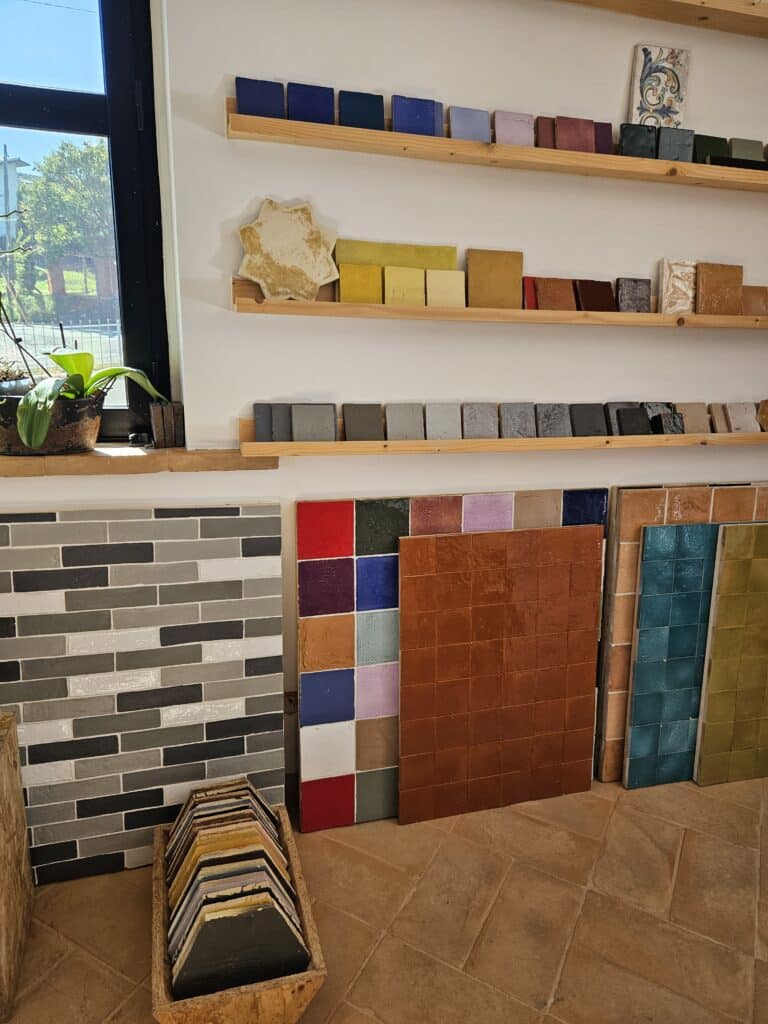
The shop foreman was very kind and a wealth of knowledge. As we walked down the hill to the production facility, he explained that they owned 3 clay quarries. Each with different colours and characteristics. All sourced within a few miles of the factory.
As we entered the factory, we passed by the wood fired kiln, still in operation, and used as the primary source for the first firing. The tile artisan was skillfully stacking the tile in a labyrinth 20 feet long 8 feet deep and 6 feet high. Here it patiently waits for the kiln to be rolled over top and the fire stoked. Turning malleable clay into stone.
As we walked further into the factory a green calming glow covered everything. This factory is lit entirely from green fibreglass skylights. We passed by what seemed like acres of tile, drying before heading to the kiln. Everybody seemed busy but nobody seemed rushed. As we were passing by the first table there were two generations of tile makers. Their powerful hands scooping prepared clay from the pile and slapping it into the wooden molds. They pounded it into place, filling every part of the mold, using a thin wire to cut the excess and placing it back in the pile before sliding the new tile into the drying tray.
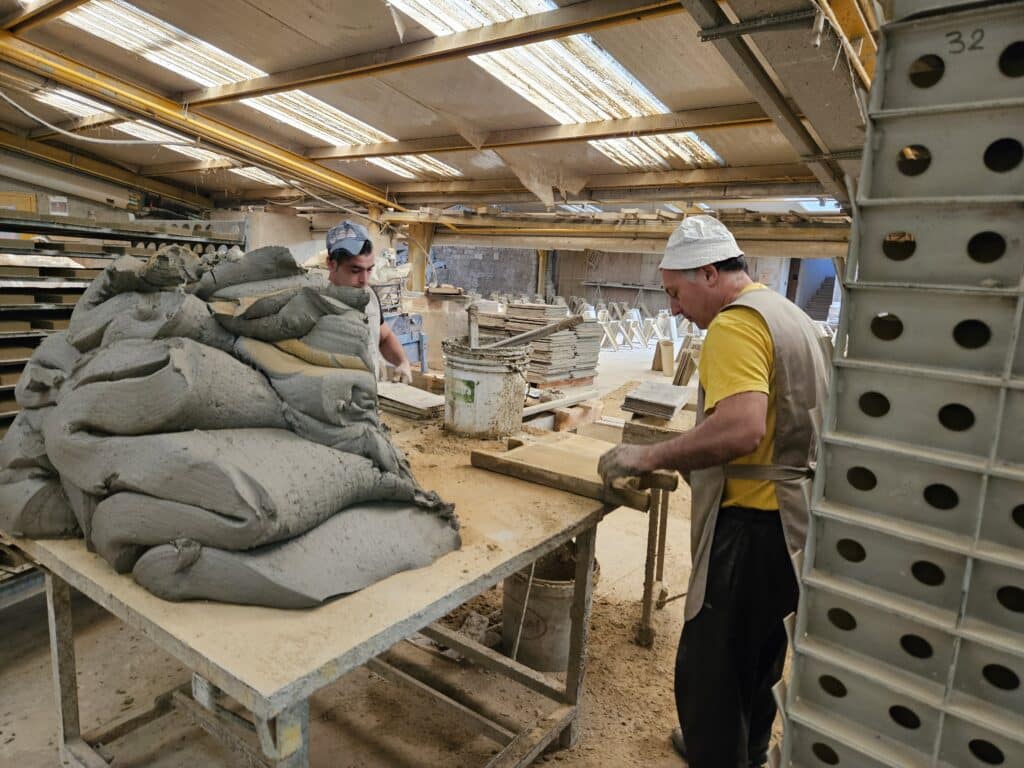
The tile is dried, first in the racks, then on the floor and finally it is fired. After this the colour is applied and it is fired yet again. Resulting in colours so vibrant, they are shocking.
As I drove away from this historic operation, pondering on what I had experienced, I think I gained a little more understanding of what makes Italian tile so amazing. It is not simply building material, it is art, it is family, it is culture.

